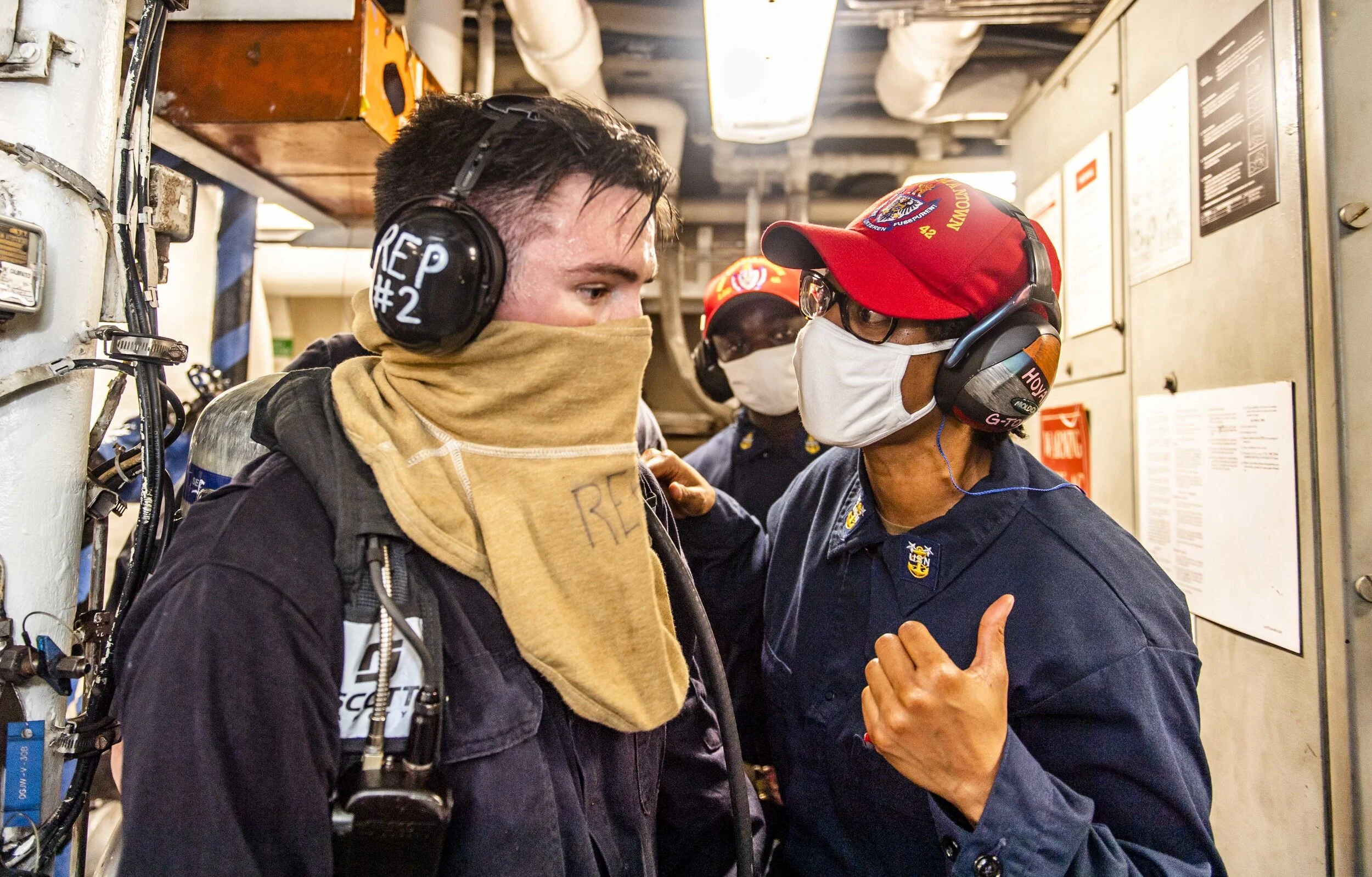To paraphrase Mark Twain, it is not what people know about accident investigations, causality, and corrective actions that gets them into trouble (or leads to weak corrective action and thus the same problems over and over again), it is what they know that just is not so. This post is based on Sidney Dekker’s “The Field Guide to Understanding Human Error.” Only read further if you dare to have your worldview of critiques and corrective action challenged. You may conclude that everything you think you know about human error investigations (also known as critiques and fact findings) is wrong or in need of serious revision. Part 1 focuses on same basics of human error that more people should know and part 2 will recommend things you can do to get better at managing human error (strange as that may sound). This post is a little longer than normal, so make sure you have some extra time to read it.















